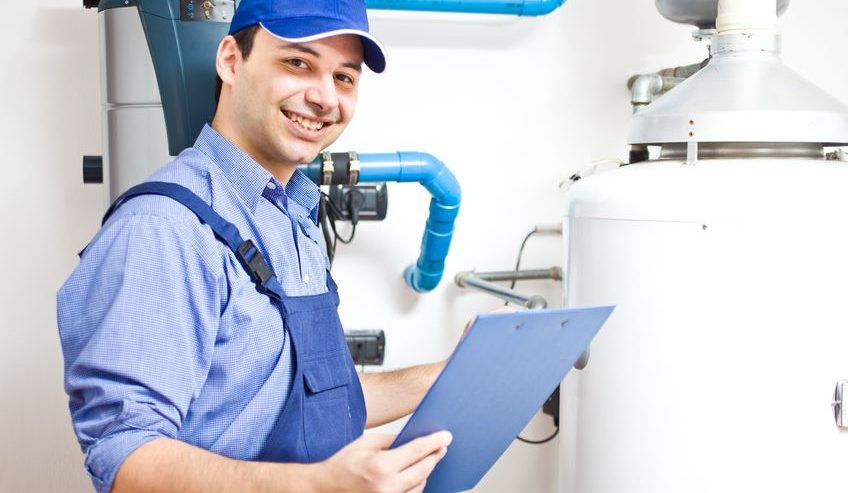How to Be More Energy Efficient With Your Water Heating System
Water heating systems are the second biggest energy use in a household, right after the HVAC system. Nearly every part of the average house has become more energy efficient over the last couple of decades, which means that the percentage of energy use that goes to water heating has gone up as other energy uses have gone down. Many of the major technologies for reducing your energy usage in your water heating system are fairly recent developments. However, there are quite a few ways that you can reduce the energy you spend on water heating even without replacing your water heating system.
Simple Ways to Conserve Heat
It’s easy to lose a lot of heat while the hot water is making its way through the pipes to every corner of your house. This makes it very important to have your hot water pipes insulated, to save both energy and water. If you find that you often have to leave the water running cold while you wait for the heated water to reach you, you’ll find that you waste thousands of gallons of water every year. You can save water by using a hot water circulation loop so that there’s hot water available from every tap at all times. However, it takes a lot of energy to keep the loop going, as it leaks heat all over the house, making proper pipe insulation even more critical.
You may also consider installing a demand recirculation system, which will empty away cold water to allow hot water to arrive quickly, or a water-saving device that will slow the water flow to drops when the hot water arrives, which won’t cut your cold-water waiting time but may help you save heated water.
Saving Energy at the Heater
You also lose a lot of heat at the heater itself, which is why tankless water heaters save so much energy. There are a number of small changes you can make on and around the heater to make the whole system more energy efficient. If your water heater is old enough that it does not have modern high-efficiency insulation, try installing an insulation jacket to help prevent heat loss from the tank. Make sure that you leave any air vents and inlets clear and don’t cover up the thermostat. Properly setting and using the thermostat is another important way to save energy. Lowering your thermostat even at very small decreases in temperature can save a lot of energy over time. Most households do just fine with a setting of 120 degrees, which usually falls between medium and low on the thermostat, but if your dishwasher doesn’t have its own booster heater, you’ll want to keep it turned up to 140 degrees.
In addition to lowering the normal temperature, you should either turn down or completely turn off your water heater if you’re going to leave the house empty while you’re traveling or on vacation. Try to have your heater serviced every year (or every other year) to make sure it’s performing well. You can use ServiceWhale’s request wizard to find a suitable professional in your area.
Saving Energy by Saving Water
The easiest way to save energy while heating water is by decreasing the amount of hot water you regularly use. Always get leaking faucets repaired as quickly as possible, and look for energy- and water-saving dishwashers and laundry machines. Test the flow rate of your showers by placing a bucket under the shower head, running the water as you normally do for a shower and timing how long it takes to fill the bucket to the one-gallon point. Less than 20 seconds, and your flow rate is above the standard, meaning that you should probably install a water-saving showerhead. You can also find water-saving sink aerators and faucets. The more hot water you save, the less energy you need to spend on hot water.
All these techniques can help you make your water heating system more energy efficient until you’re ready to move to a newer water heater. For help making insulation improvements, servicing your heater or installing a water and energy-saving system, let ServiceWhale connect you with a reliable and trustworthy contractor that’s right for your project.





Comments
Comments are disabled for this post